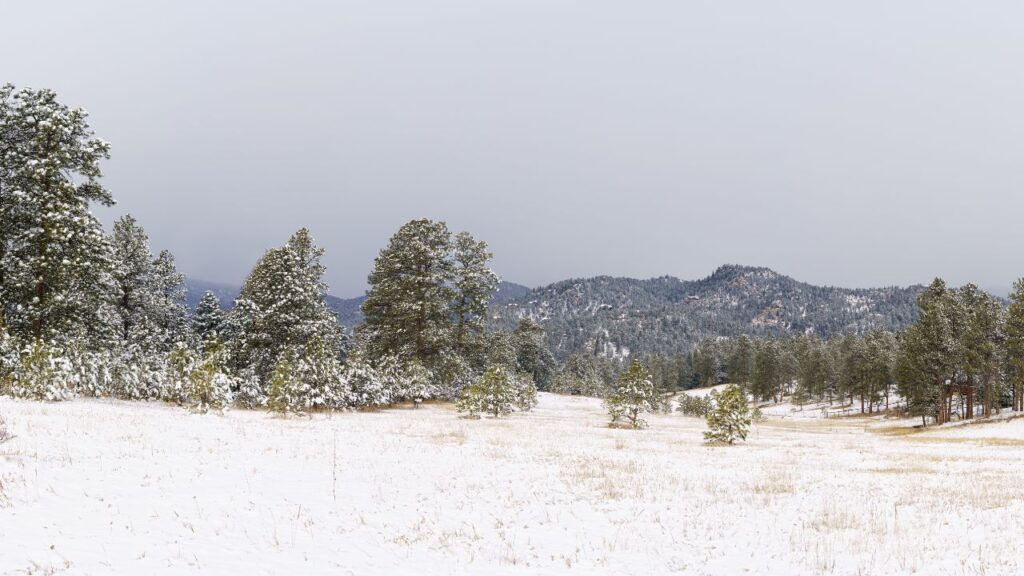Buying a Mountain Property: Wells, Septic Systems, and More
Purchasing a mountain property involves a unique set of considerations compared to standard real estate transactions. Key aspects such as water sourcing from wells, the functionality and maintenance of septic systems, and the distinct challenges presented by the mountainous terrain are pivotal in making an informed decision. This comprehensive guide delves into these critical areas to ensure your mountain property purchase is both informed and seamless.

Understanding Your Water Source: A Deep Dive into Wells
Water is a vital resource, and understanding the source of your water is essential when buying a mountain property. Wells are the primary water source for many rural and mountainous areas, making it crucial to conduct a thorough inspection and understand the different types of wells:
- Dug Wells: Typically shallow and dug by hand, these wells are suitable for certain terrain types.
- Driven Wells: Constructed by driving pipes into the ground, these are effective in accessing underground water.
- Drilled Wells: Offering the deepest water source, drilled wells are the most reliable for sustainable water supply.
- Mountain Springs: Natural water sources providing fresh water directly from the mountain.
- Rainwater Collection: An eco-friendly option involving the harvesting of rainwater for various uses.
Well Maintenance and Water Quality
Regular maintenance is key to ensuring the water’s quality and quantity. Testing for contaminants and protecting the well’s surroundings from pollution are crucial steps. Employing a professional for regular inspections can prevent future costly repairs.
The ABCs of Septic Systems in Mountain Homes
Septic System Basics
Mountain properties pose unique challenges for septic systems due to their terrain and soil composition. Understanding the basics of septic systems, including their installation and maintenance best practices, is vital for their longevity.
Maintaining Your Septic System
A proper maintenance schedule is essential for mountain homes, including regular inspections and mindful waste disposal. Awareness of how heavy rainfall and snowmelt can affect your septic system is also crucial to prevent system overload.
Navigating Terrain and Weather Challenges
Building in Mountainous Land
Building on steep slopes requires special consideration, equipment, and expertise. Strategies such as terracing and the use of retaining walls are effective solutions to these challenges.
Preparing for Seasonal Weather
Mountain properties are subject to extreme weather changes, necessitating proper drainage systems and backup power sources to handle everything from heavy snowfall to thunderstorms.
Legal and Environmental Considerations for Mountain Properties
Understanding zoning laws and ensuring environmental compliance are critical. Preserving the natural beauty and minimizing environmental impact should be priorities in the purchasing process. Consulting with local authorities or a real estate attorney can provide valuable insights into these considerations.
Mountain Properties
Purchasing a mountain property involves a thorough understanding of several critical aspects, including water sourcing, septic systems, and the challenges of mountain living. Being well-informed can pave the way for a successful investment and enjoyable mountain living experience.
FAQs
Q: What should I consider when buying a mountain property with a well?
A: Ensure the well’s water quality is safe for consumption through testing, inquire about its yield capacity, and have a professional inspect the well for any potential issues.
Q: What do I need to know about septic systems when buying a mountain property?
A: Determine the system’s age, condition, and size, and have a professional inspect it for any required maintenance or repairs. Understanding the maintenance history and how to care for it is also crucial.
Q: What are some other important factors to consider when buying a mountain property?
A: Research local zoning laws, consider property accessibility, especially in winter, and be aware of natural hazards like avalanches. Additionally, factor in maintenance costs, including snow removal and road upkeep.




